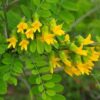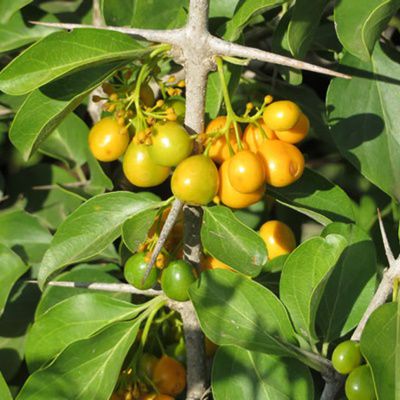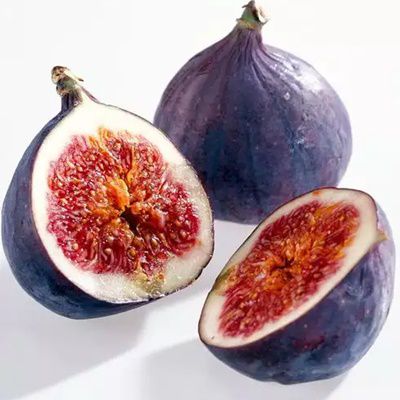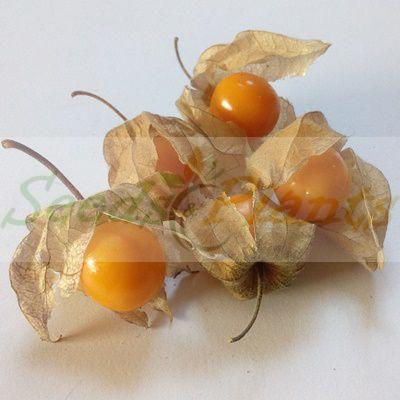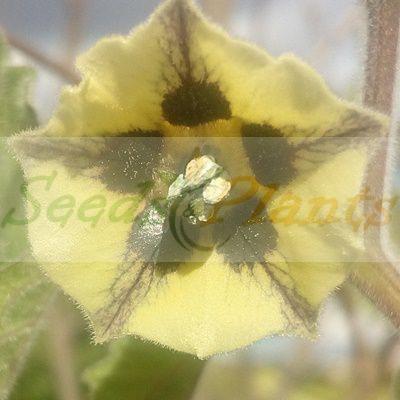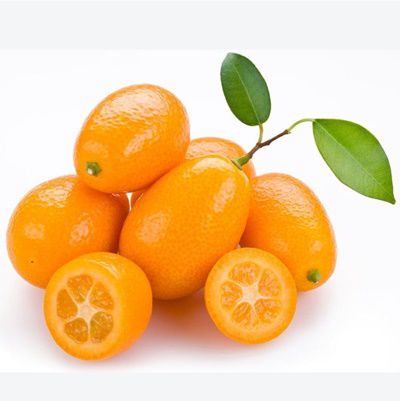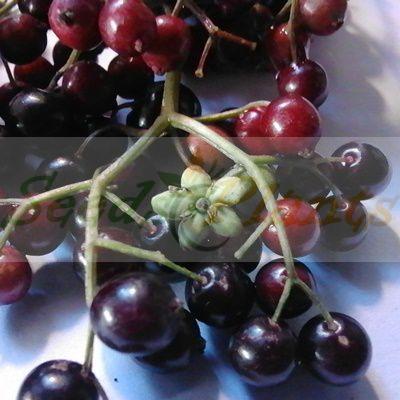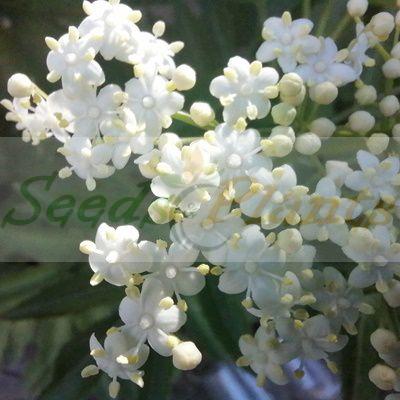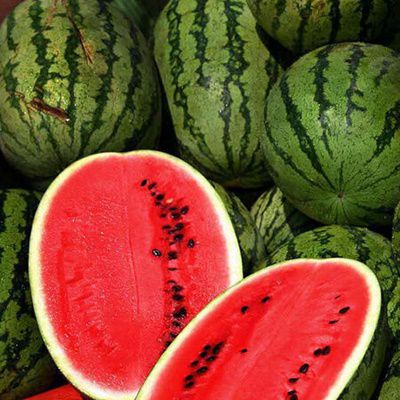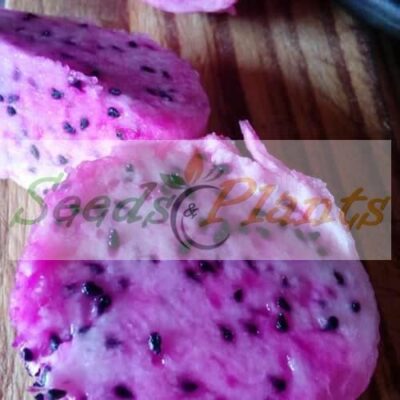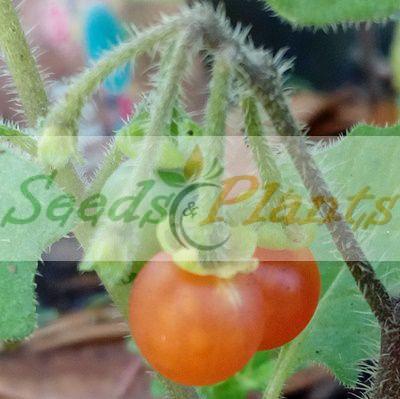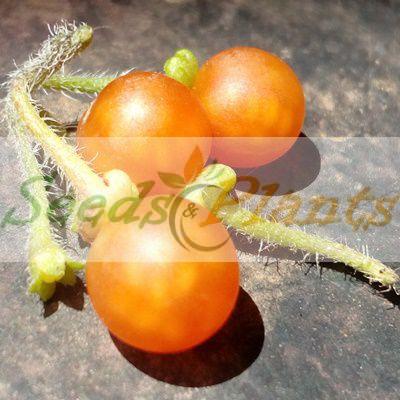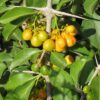🍒 Fruit Quick Facts
Fruit Info
- 🌍 Origin / Region: Southern Africa
- 🍽️ Culinary Use: Beer / Wine, Cooked greens, Jams and Jellies, Raw Eating, Salads
- 🥗 Edible Part: Fruit, Leaf
- 😋 Flavor Profile: Peach-like
Growth Traits
- 🌱 Life Cycle: Perennial
- 🌾 Plant Type: Shrub, Tree
- 🔁 Fruiting Needs: Needs Male & Female Plants
- 🪴 Growth Habit: Scrambling, Spiny
- 🌸 Flower Color: Creamy White
- 🌿 Foliage Type: Deciduous
- 📏 Mature Height: 1-5m
- 🦋 Pollinator Method: Attracts Bees, Attracts Beetles, Attracts Sunbirds
Growing Requirements
- 🌞 Sun Exposure: Full Sun
- 💧 Water Needs: Moderate Water, Water Deeply
- ☀️ Growing Conditions: Drought Tolerant, Frost Sensitive, Heat Tolerant, Low Cold Tolerance
- 🟤 Soil Preference: Loam, Sandy, Well-Drained
False Turkeyberry – 5 Seeds
(Plectroniella armata / Canthium armatum)
R30.00
People eat the fruits, which can also be used to make a jelly. The leaves are also edible and the sap is used to make beer in Eswatini.
Indoor Sowing: Spring.
Direct Sowing: Spring and Early Summer.
In stock
🍒 Fruit Quick Facts
Fruit Info
- 🌍 Origin / Region: Southern Africa
- 🍽️ Culinary Use: Beer / Wine, Cooked greens, Jams and Jellies, Raw Eating, Salads
- 🥗 Edible Part: Fruit, Leaf
- 😋 Flavor Profile: Peach-like
Growth Traits
- 🌱 Life Cycle: Perennial
- 🌾 Plant Type: Shrub, Tree
- 🔁 Fruiting Needs: Needs Male & Female Plants
- 🪴 Growth Habit: Scrambling, Spiny
- 🌸 Flower Color: Creamy White
- 🌿 Foliage Type: Deciduous
- 📏 Mature Height: 1-5m
- 🦋 Pollinator Method: Attracts Bees, Attracts Beetles, Attracts Sunbirds
Growing Requirements
- 🌞 Sun Exposure: Full Sun
- 💧 Water Needs: Moderate Water, Water Deeply
- ☀️ Growing Conditions: Drought Tolerant, Frost Sensitive, Heat Tolerant, Low Cold Tolerance
- 🟤 Soil Preference: Loam, Sandy, Well-Drained
False Turkeyberry (Plectroniella armata / Canthium armatum) is a shrub or small tree with thorns and fragrant white flowers in summer followed by edible fruits, yellow or reddish when ripe, with a shape that varies based on the quantity of seeds.
People eat the fruits, which can also be used to make a jelly. The leaves are also edible and the sap is used to make beer in Eswatini. It makes a very good thorny barrier hedge, and can be trimmed to shape or left informal, and it is a good plant to grow to attract fruit-eating birds to the garden.
Common names: armed turkey-berry, false turkey-berry (Eng.); valsbokdrol, basterbokdrol (Afr.); umphembedu, umvuthwamini, isikhwakwane-inkomazi (isiZulu); mufhaladzi-tshitangu, mulivhadza-tshitangu (Tshivenda); insangonsango, sangongongo, umvutfwamini wemahlatsi (siSwati)
Growing False Turkeyberry
Indoor Sowing: Spring.
Direct Sowing: Spring and Early Summer.
- Sow the seeds in spring or early summer.
- Scarify the seed coat.
- Sow the seeds in a seed tray filled with a sandy soil mix.
- Put the tray in a warm spot and keep the soil mix moist.
- Germination in about 4 weeks.
- Leave the seedlings in the tray until the following spring and then transfer them into pots or potting bags.
- Grow in well-drained, sandy soil in sun or semi-shade.
- Plants will flower and fruit better in a sunny position.
Can this plant be grown as a shrub or a tree?
False Turkeyberry can be maintained as a shrub with pruning, or allowed to grow into a small tree depending on growing conditions.
Can this plant be used for culinary purposes?
False Turkeyberry is traditionally used for culinary purposes such as beer / wine and cooked greens.
Disclaimer
Medicinal Information:
All medicinal information on this website is for educational and informational purposes only and may not be construed as medical advice. The information is not intended to replace medical advice or treatment offered by healthcare professionals.
Seeds, Plants, Plant Cuttings, Geophytes and Dried Herbs:
In some countries and provinces, certain plants are deemed as invasive and are not allowed to be planted at all, whilst some plants are allowed to be grown only in certain areas or provinces. The onus is on you as the buyer to familiarize yourself with the regulations pertaining to your location, before purchasing any of our seeds, plants, plant cuttings, geophytes or dried herbs. We will not be held liable, should you purchase any seeds, plants, plant cuttings, geophytes or dried herbs. from us which are prohibited in your country or province.


